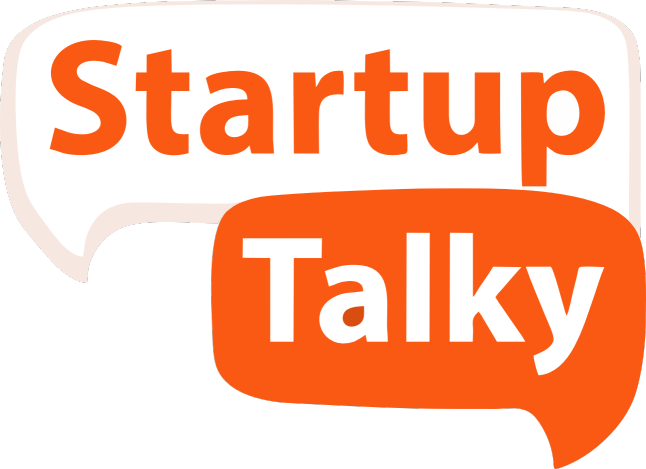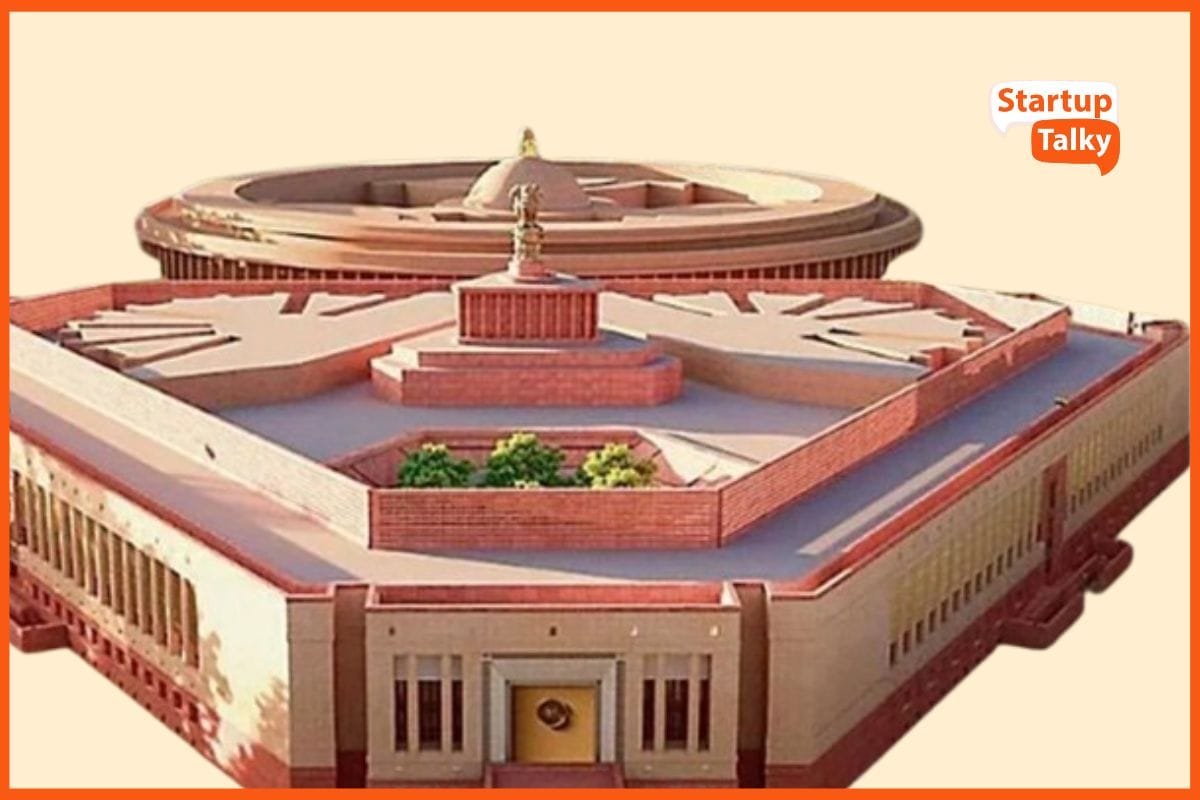Zepto Business Model | How Zepto Makes Money
🔍Insights
The convenience of Internet food delivery services was greatly enhanced during the pandemic. The dominant player in the online grocery delivery app and company market is influencing users' habits.
Online shopping is becoming increasingly common among consumers. As a result, more and more delivery services, like Zepto, have launched their services to meet the ever-increasing demands of their clients for lightning-fast delivery. You should be familiar with the Zepto business model if you are looking to enter the market.
The supermarket delivery industry is booming, thank goodness, because it requires less time, effort, and money than other industries. In 2020, the projected value of the online grocery business was $2.9 billion. Through this article, we will go over the basics of Zepto, including its business model and how it generates revenue.
About Zepto
Zepto, founded in 2021 by Aadit Palicha and Kaivalya Vohra, two former Stanford University students, is a platform for quick commerce that provides a grocery delivery service within 10 minutes. Fast grocery delivery was the driving force for the founding of the firm. Zepto boasts delivery to major cities like Bengaluru, Lucknow, Delhi, Chennai, etc., from its Mumbai headquarters. The original company, Kiranakart Technologies Private Limited, was turned off into Zepto by its founders.

Zepto Business Model
The "dark store model" serves as the foundation for Zepto's business model. This involves setting up delivery-only warehouse-style stores in residential regions. The shops sell a variety of products, and the sole way for buyers to place orders is through the Zepto India website or app. Across multiple regions, Zepto now has more than eighty-six dark storefronts. Dark businesses are great for quick shipping, but they may crash under heavy traffic. However, Zepto created an AI-driven system to assist with selecting, packing, and shipping to avoid sacrificing quality or service. Zepto can provide an extensive product line at rock-bottom prices because of this technology, which guarantees a seamless transition from choosing to packaging to delivery.
Zepto India can provide a fast delivery service thanks to the convenience of having outlets close to customers' homes, which is an advantage of the Zepto business model. The elimination of the necessity for employees to utilize the store also allows the company to run with a reduced headcount.
How Zepto Makes Money | Zepto Revenue Model
A little commission is charged for each order placed using the Zepto Grocery app in India. Helping to pay the costs of running the app and ensuring that consumers have a great experience, this commission is usually 2-3% of the total order amount.
With almost $1.3 billion raised across eight rounds, Zepto is certainly a no-money lightweight, making it the first unicorn startup of 2023.
In recent times, the Zepto business model has experienced tremendous expansion. Their incomes increased by 800% while their burn rate per order reduced by 5%. The reason for this rise is that Zepto boasts a 50% growth rate per month.
Here’s an easy-to-understand version of Zepto’s revenue model:
- Sales of Products: Zepto makes money by selling groceries, home goods, and personal care items on its website. They buy products from local suppliers and brands, keeping prices low. Sometimes, they charge a little more for certain items compared to regular stores, which helps boost revenue.
- Delivery Charges: Zepto charges a delivery fee based on factors like how far the delivery is, the order size, or any special deals. This fee helps cover the cost of fast delivery and brings in extra money.
- Subscription Models: Zepto offers membership plans for regular customers, giving benefits like free delivery or special discounts. This makes it easier for frequent buyers to make purchases.
- Advertisement and Promotions: Zepto partners with brands for advertisements on their platform. Brands pay to get more visibility. They also create special offers or coupons in the app to attract more customers.
- Data Monetization: Zepto collects useful data from customers. They can sell insights from this data to brands and suppliers to help them understand customer behavior and improve their products.
- Fulfillment and Logistics: Zepto could offer its delivery and logistics services to other businesses, creating another source of income.
- New Category Expansion: Zepto may expand beyond groceries to sell other items like electronics, health products, or prepared meals, increasing their revenue streams.
Challenges and Considerations
- Pricing Pressure: Zepto must balance keeping prices low and offering fast delivery while making a profit.
- Customer Retention: Zepto needs to keep customers loyal with great service and rewards programs.
- Operational Efficiency: Zepto must keep its delivery and logistics system efficient to control costs and maximize profits.
Zepto Financials
| Zepto Financials | FY22 | FY23 | FY24 |
|---|---|---|---|
| Operating Revenue | INR 142.3 crore | INR 2,026 crore | INR 4,454 crore |
| Expenses | INR 532.7 crore | INR 3,350 crore | INR 5,754 crore |
| Profit/Loss | INR 390.3 crore (loss) | INR 1,272 crore (loss) | INR 1,248 crore (loss) |

In FY23, the quick-commerce startup’s operating revenue stood at INR 2,026 crore. In FY24, Zepto's operating revenue saw a growth of about 120%, reaching INR 4,454 crore.
Zepto's losses saw a slight decrease of 2% in FY24, to INR 1,248.6 crore from INR 1,272 crore in FY23.

USP Of Zepto
Customers in a rush will be enticed by Zepto's promise of ultra-fast delivery—a mere 10 minutes—since the company dominates this segment.
Zepto has been aggressively growing its presence in key Indian cities, particularly in metro and big urban areas, to guarantee the quickest delivery times imaginable.
Zepto SWOT Analysis

Zepto Strength
- Zepto can process orders more quickly and efficiently thanks to its dark store and speedy packaging. Several distribution options are made available by micro and cold warehouses, which physically deliver groceries closer to a certain market group.
- To maintain an up-to-date procedure and an app that is easy to use, Zepto makes use of a broad variety of software. Put together a crack team of professionals who are well-versed in all things related, such as data analytics, software development, and artificial intelligence. As a result, the market delivery system is more within the company's control.
Zepto Weakness
- Customers are less likely to purchase due to the lack of high-quality product images.
- Delivery is only offered in a limited number of areas. There is a limit on their ability to invest in marketing or expand operations due to limited human, or infrastructure resources.
Zepto Opportunities
- Zepto may explore opportunities to extend its business operations internationally by entering new markets and expanding its clientele on a global scale.
- When new technology or industry trends emerge, Zepto may have opportunities to expand its product and service offerings or create innovative solutions.
Zepto Threats
- Rules and regulations or the need for regulations and developments pertinent to Zepto's sector can complicate compliance and increase operational expenses.
- To retain customers over the long term, Zepto must fulfill its word and deliver on time every time. Failing on this line means a massive loss of business.

Conclusion
Zepto's founders assert that the additional acquisitions will strengthen the company's ability to connect with customers and improve its level of service. As of this very moment, Zepto is operational in the metros of India. In any case, the company has not disclosed its consumer calculation; however, several sources claim that Zepto is growing at a rate of 200% per month.
For a company to achieve success, it takes a lot of things, and Zepto has everything. They have a fantastic team, are quick to act, and are focused on their goals. In addition to this, they planned their entrance into the supermarket delivery market with great precision. Even though they have only been in operation for a few years, they have already raised the expectations of their customers and are heading towards a company strategy that is more focused on the client.
FAQs
What is Zepto?
Zepto is a startup based in Mumbai that offers a 10-minute grocery delivery service. To fulfill orders promptly, Zepto employs its network of 'cloud shops' or micro-warehouses.
What is business model of Zepto?
The "dark store model" serves as the foundation for Zepto's business model. This involves setting up delivery-only warehouse-style stores in residential regions.
What is the valuation of Zepto?
The valuation of Zepto is $3.6 billion as of June 2024.
What is Zepto seller commission?
Zepto currently does not use a seller commission model. It profits from direct product sales, delivery charges, and other revenue streams like ads and data.
What is Zepto USP?
Zepto's USP is ultra-fast delivery of groceries and essentials, often within 10-15 minutes, through its network of dark stores located near customers.
What is Zepto dark store model?
Zepto’s dark store model involves setting up delivery-only warehouse-style stores in residential areas. These stores are not open to the public, and customers can only order through Zepto’s website or app. This model allows for faster delivery and reduced overhead costs, as the stores are optimized for picking, packing, and shipping products efficiently.
Must have tools for startups - Recommended by StartupTalky
- Convert Visitors into Leads- SeizeLead
- Website Builder SquareSpace
- Manage your business Smoothly Google Business Suite







